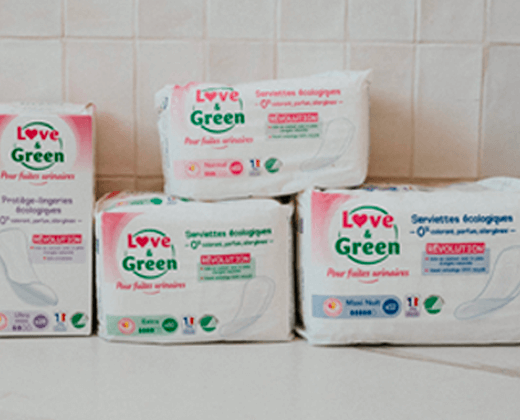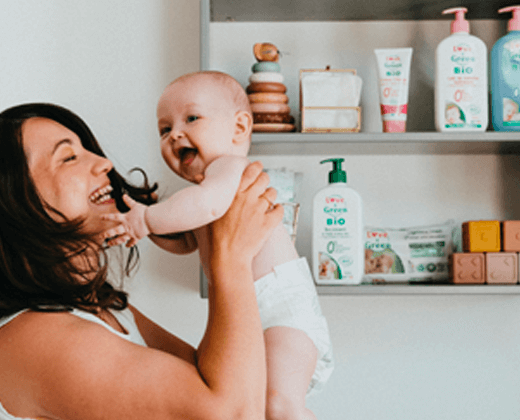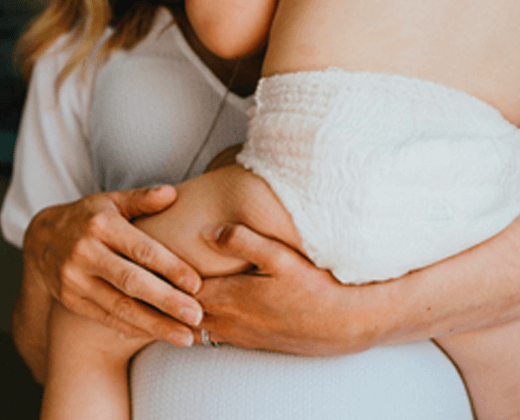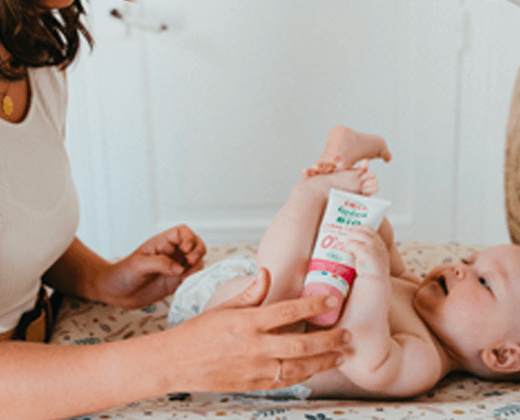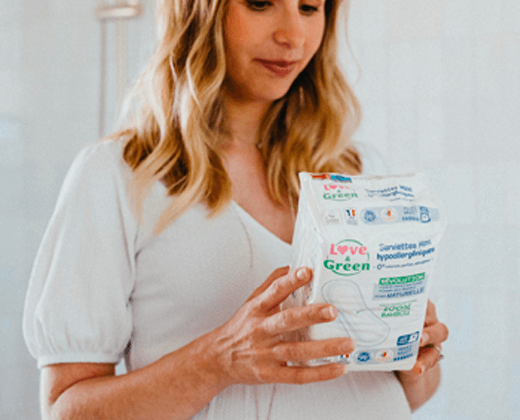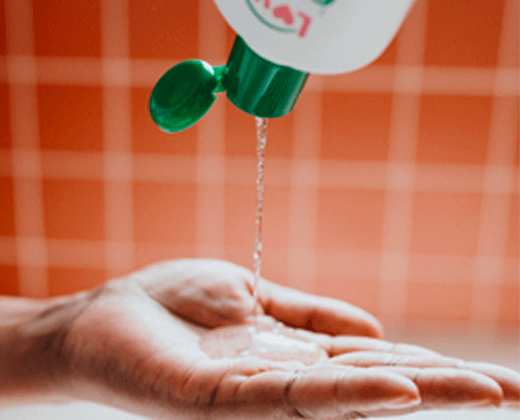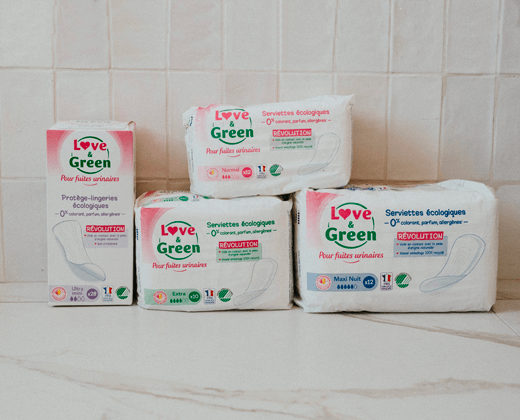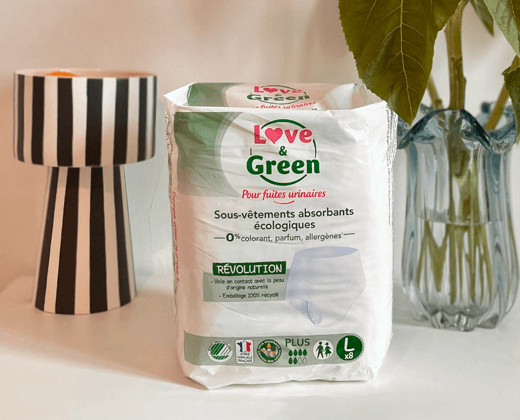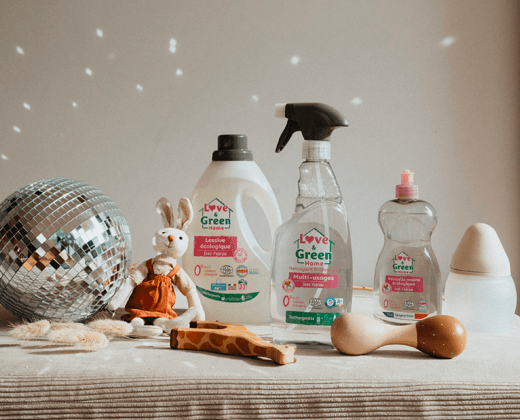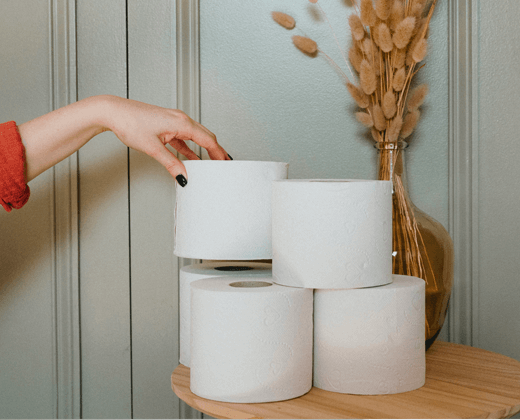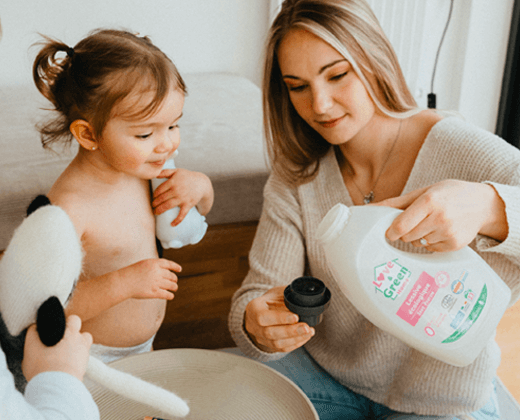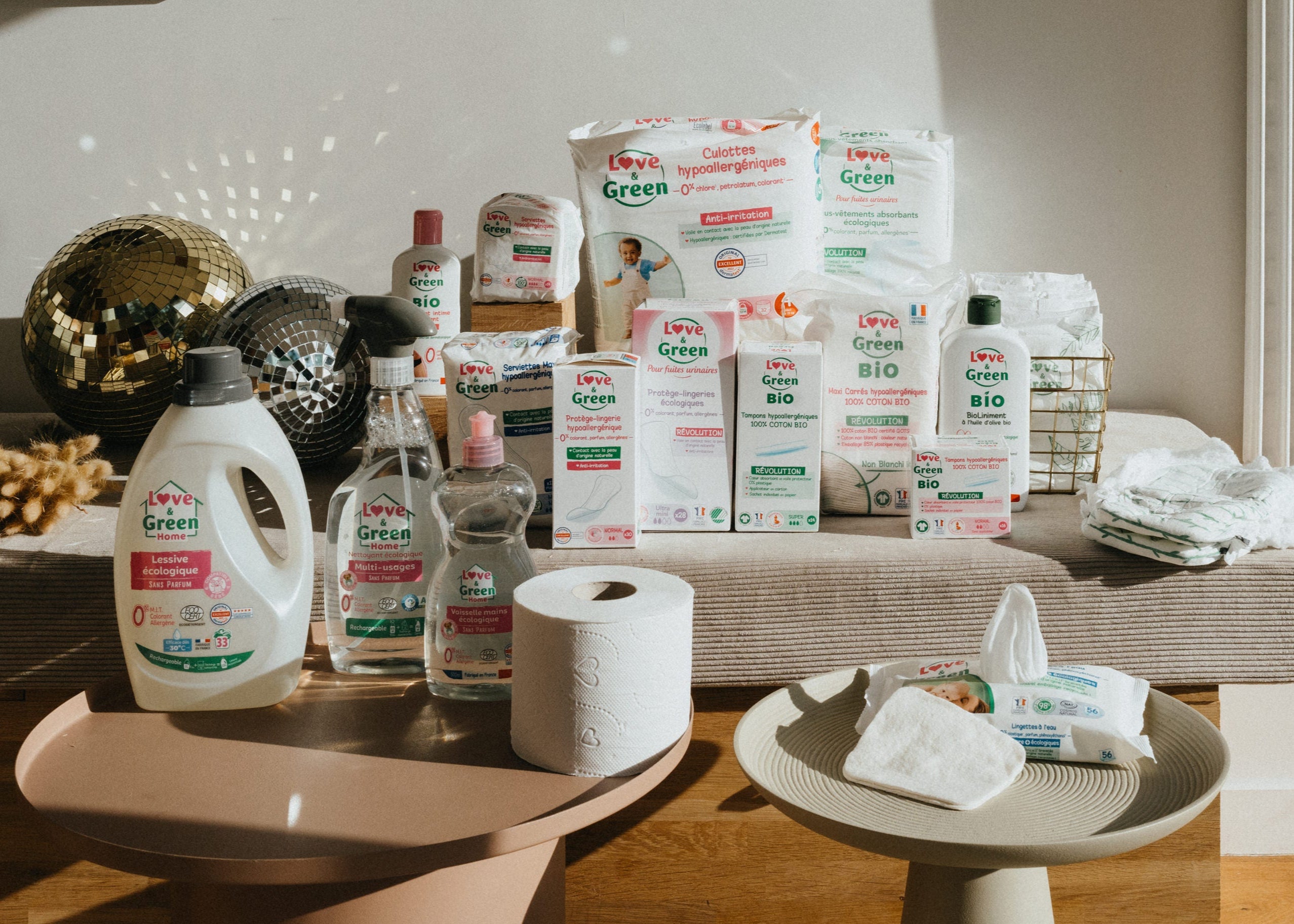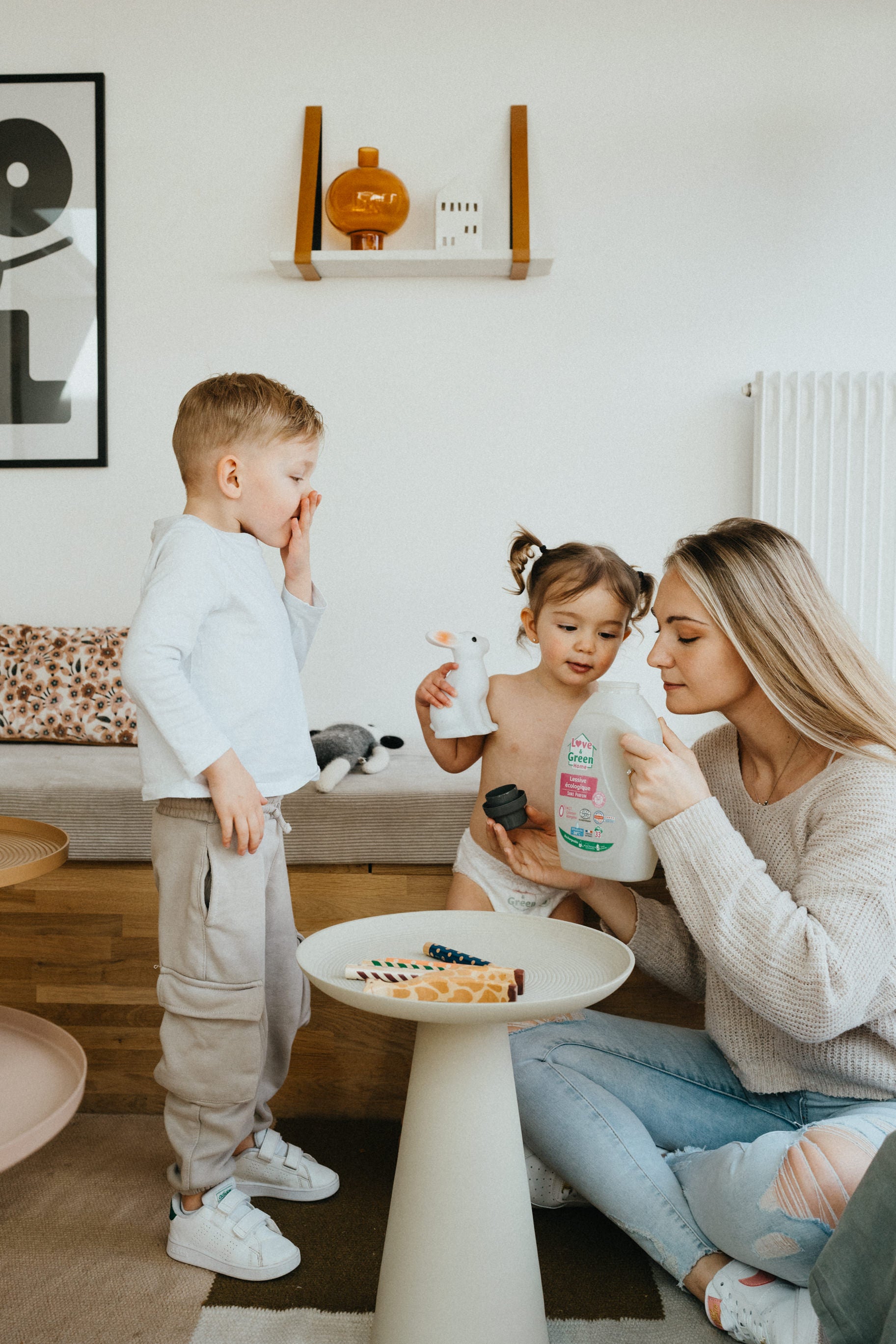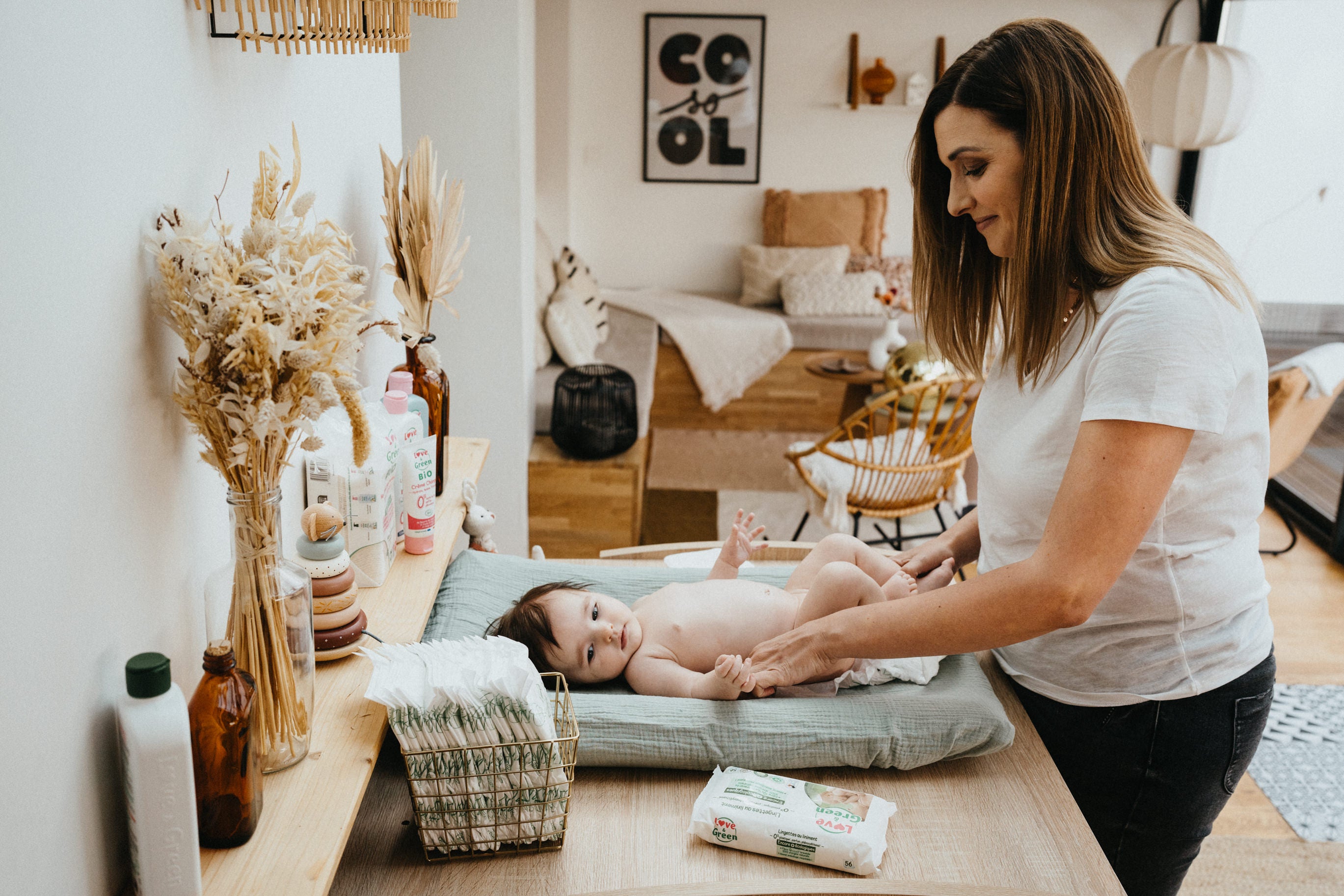Vulvo-vaginal yeast infections are common infections. Although they are not serious, they can cause significant discomfort, and their frequency can sometimes be destabilizing. Fortunately, there are effective ways to prevent these infections and limit their recurrence.
What is a vulvo-vaginal yeast infection?
Vulvo-vaginal yeast infections are infections due to an imbalance in the vaginal flora, often caused by an excess of candida albicans, a mushroom naturally present in the vagina. When this fungus proliferates excessively, it causes uncomfortable inflammation and symptoms, such as itching, burns and abnormal vaginal losses.
Symptoms of vulvo-vaginal yeast
The signs of vulvo-vaginal yeast infection are quite characteristic and include:- Itching and burning sensations in the vaginal and vulvar region.
- Thick, white and creamy vaginal losses, often compared to white cheese or curd milk.
- Redness and swelling of the vulva.
- Pain during sexual intercourse.
These symptoms can be more or less intense and vary from woman to woman. It is important to consult a healthcare professional if you suspect a mycosis to obtain a precise diagnosis and appropriate treatment.
The causes of vulvo-vaginal yeast
Several factors can promote the appearance of vulvo-vaginal mycosis:- Disturbance of the vaginal flora : The vagina houses a bacterial flora which protects against infections. Anything that disturbs this balance, such as taking antibiotics or antisudorificas, using soap with a pH that is not suitable for the intimate area, the use of hygienic towels with perfume, can promote the proliferation of Candida.
- Poorly controlled diabetes : High blood sugar levels promotes the growth of yeasts and fungi, which increases the risk of yeast infection.
- Hormones : Hormonal changes, especially during pregnancy, the menstrual cycle or taking hormonal contraceptives, can make women more vulnerable to fungal infections.
- Humidity and tight clothes : Wearing underwear in synthetic materials or too tight clothing can create a hot and humid environment favorable to the proliferation of fungi.
- Sex : Although yeast infections are not considered to be sexually transmitted infections, reports can promote their transmission, especially if the partner has signs of infection.
How to avoid vulvo-vaginal yeast infections?
Although it is not always possible to completely prevent vulvo-vaginal yeast infections, certain hygiene and care practices can considerably reduce their frequency:-
Adopt gentle intimate hygiene
Avoid aggressive, fragrant or antibacterial soaps to clean the vulvar region. Opt for products specific to intimate hygiene, in neutral pH, and favor lukewarm water. Too frequent or too rigorous cleaning can disrupt the natural balance of the vaginal flora. Finally, remember that it is not necessary to make more than one intimate shower per day and never make "vaginal showers". -
Choose cotton underwear
Cotton is a breathable material that avoids excessive humidity, conducive to the development of fungi. Avoid underwear in synthetic materials, which imprison heat and humidity. -
Avoid too tight clothes
Too adjusted pants, leggings or tights create a warm and humid environment that promotes the proliferation of yeasts. Prefer larger clothes, especially during physical activities. -
Change periodic protections regularly
Hygienic towels or pads should be changed frequently during periods to avoid maceration. If you are using-slips protectors, favor models without perfume and materials of natural origin. -
Favor showers instead of baths
Baths can promote the accumulation of humidity in the intimate area. Instead, opt for fast showers and avoid flavored or aggressive products. -
Do not share your clothes or towels
Mycosis is contagious and can be transmitted through towels or shared clothes, especially after swimming or in public places such as swimming pools. -
Avoid self -medication
If you have mycosis symptoms, consult a healthcare professional before starting treatment. Self -medication, especially with over -the -counter antifungal creams, can be ineffective if the cause is not a yeast infection or if the infection is more complex than a simple proliferation of Candida. -
Maintain good control of your diabetes
If you are diabetic, it is important to maintain your sugar levels within healthy limits to reduce the risk of mycosis, because a high level of glucose in the blood can promote the proliferation of fungi.
What to do in case of vulvo-vaginal yeast infection?
If you have symptoms of vulvo-vaginal yeast infection, it is essential to consult a gynecologist or a doctor. Treatment generally consists of antifungals, either in the form of creams, vaginal eggs, or in the form of tablets. In some cases, more prolonged treatments may be required in case of recurrent yeastphe. It is also advisable to follow suitable hygiene tips to avoid recurrences.
In conclusion, vulvo-vaginal yeast infections are common infections, but they can be avoided thanks to simple daily hygiene gestures and healthy life choices. By adopting good intimate hygiene, by wearing suitable clothes and taking care of your general health, you considerably reduce the risk of infection. If a mycosis is declared, appropriate treatment and medical consultation are essential to avoid complications and recurrences.
Do not hesitate to consult a health professional for more personalized advice, especially if you suffer from frequent yeast infections.
Article co-written with the Doctor Sonia Nassar, general practitioner.



